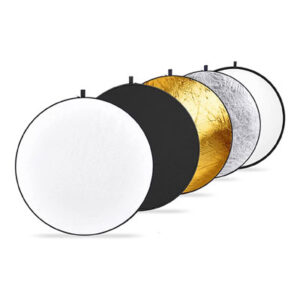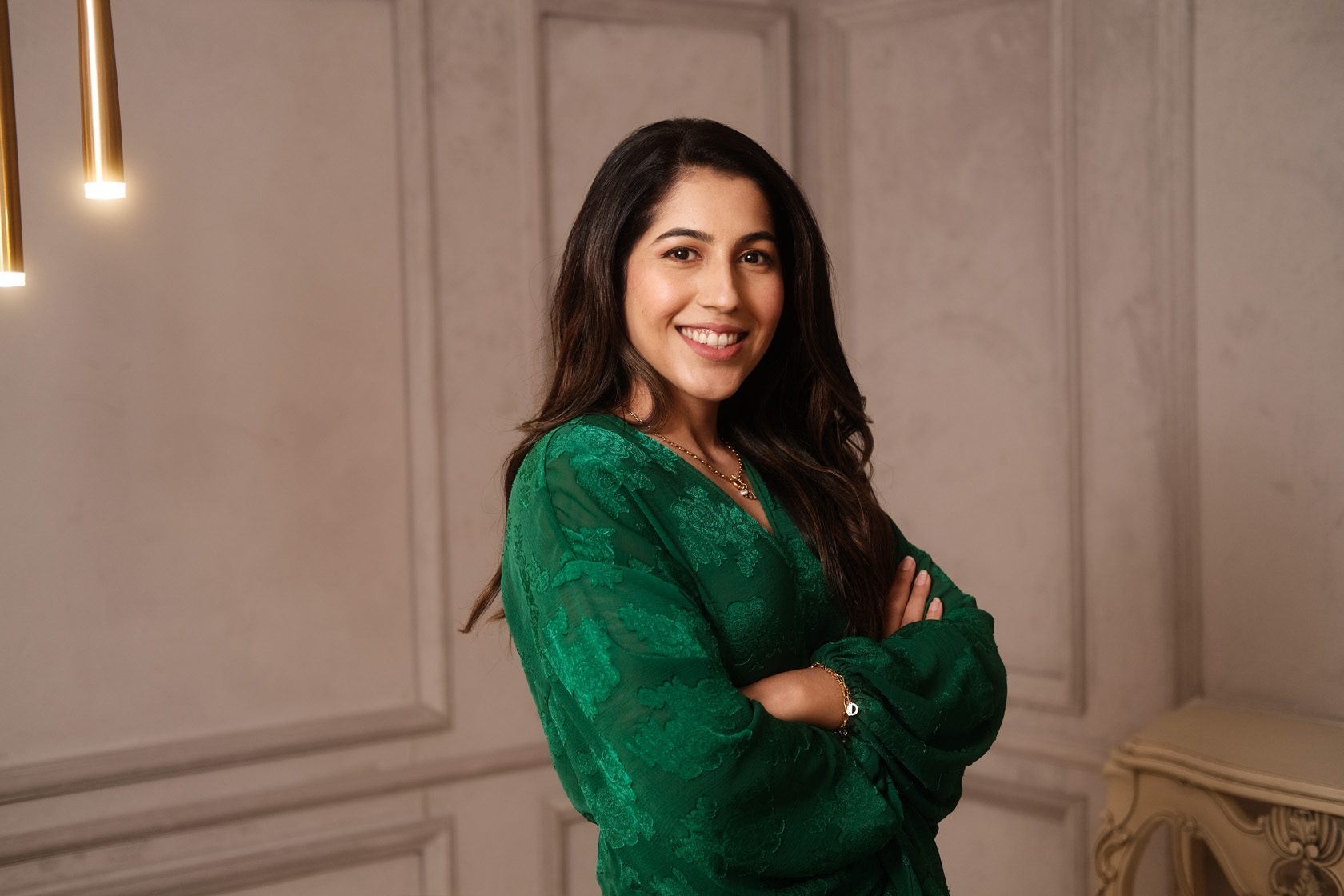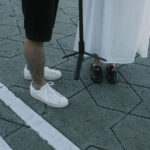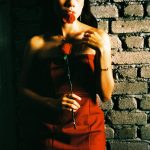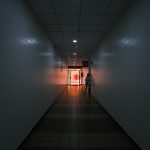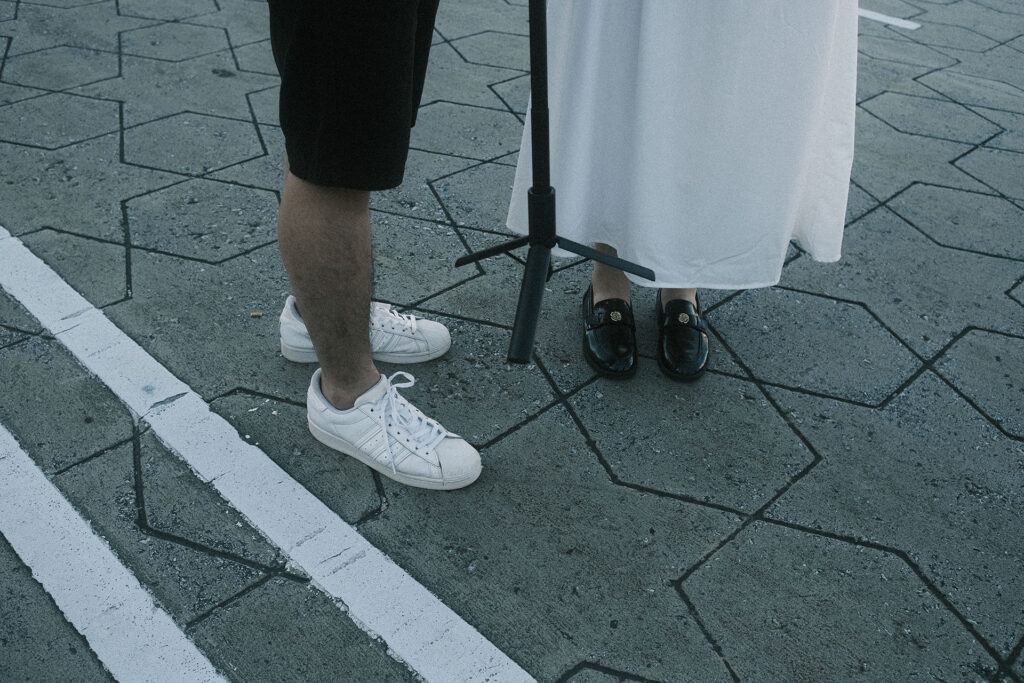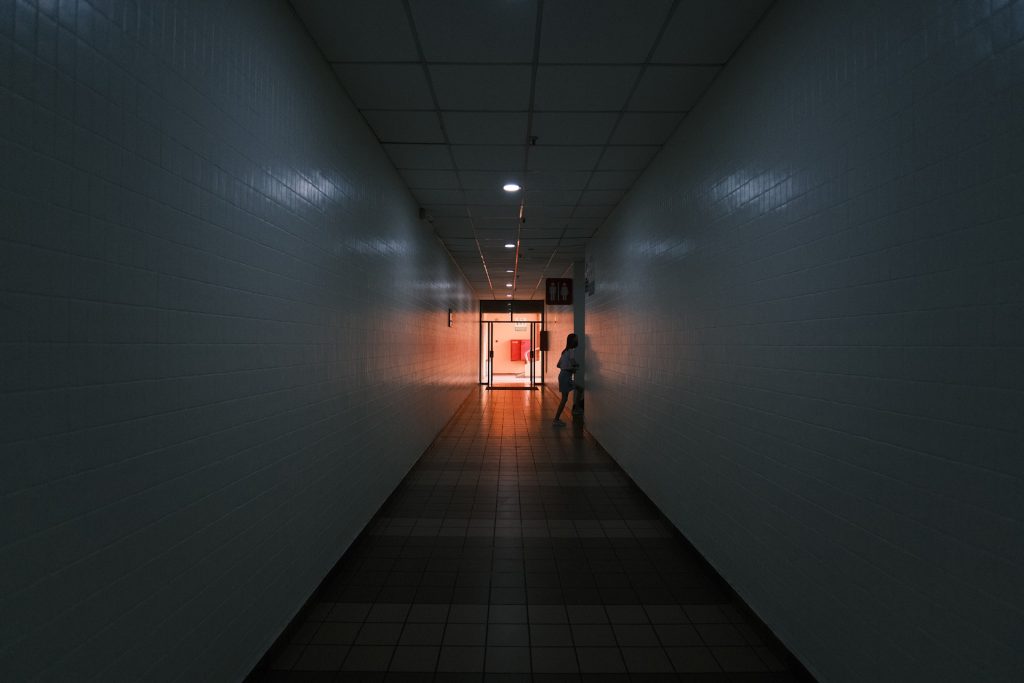Catchlights are an important element in photography that can make or break a photo. They are the small highlights in a subject’s eyes that give the photo life and depth. Without catchlights, photos can often look dull and lifeless. Luckily, there are a few easy ways to create catchlights and make your photos pop.
There’s a famous saying eye is the window of the soul, and getting catch light on the subject’s eyes will make your portrait shot look more glimmering, flattering and attractive to the viewers. When it comes to portrait photography, catch light is one of the basic portrait techniques you can try, whether you’re shooting outdoors or indoors. By using the best lighting and angles, you will get the eyes light on your subject’s eyes.
Catchlights are widely used for close-ups and headshot portraits but also can be applied to any portrait shoots, including outdoors and indoors. The following three methods will show you how to create catchlights in your photos.
A softbox is a great tool to help with the creation of catchlights. By placing the light close to the subject’s face, you can create a flattering and natural-looking catchlight. You can also use a softbox to help create shadow effects on the subject’s face.
Used for Films & Television
A catchlight is a light source that generates a specular highlight in the eye of a subject in an image. They are also known as eye lights or Obies, after Merle Oberon, for whom the light was designed by her then-husband and cinematographer, Lucien Ballard. The catch light is either an artefact of a lighting technique or is purposefully designed to lend a sparkle or spark to a subject’s eye during photography. The method works well in both still and motion picture photography, drawing attention to the subject’s eyes, which might otherwise be lost among other components in the scene.
This method is most commonly seen as bright spots and reflections of the surroundings, which can comprise whole images in the subject’s eyes. This property is occasionally exploited as a story point in films and television shows. This cliche is typically depicted by computer magnification of a picture to acquire information about the person being photographed’s surroundings, basically using the eye as a mirror.
Audiences typically consider eyes lacking specular highlights to be lifeless or evil, and as a result, many cinematographers avoid using catchlights on antagonistic characters. It’s especially popular in anime, where it’s usually over-dramatized to depict different emotions with exaggerated expressions.
Creating Catchlights – Outdoors

Use a Natural Light Source – The best way to create catchlights in a portrait photo is with natural light. If you are shooting outdoors, try to find a spot with plenty of sunlight. If you’re shooting indoors, try to find an area with a window that provides natural light. When using natural light, make sure to avoid any harsh shadows or glare on the subject’s eyes.
Position the Subject Correctly – Another essential tip when shooting portraits is to position the subject correctly. This will ensure that their eyes are the focal point of the photo. To create a catchlight in a portrait photo, place the subject so that their eyes are pointing towards the light source.
Use a Reflector – If you are shooting outdoors, you can also use a reflector to create the eye light in your portraits. Just be sure to position the reflector just right so that it bounces the light back into the subject’s eyes.
If your subject is wearing contact lenses during the photo shoot, then it will be slightly harder to get the eye lights. So make sure you plan your photoshoot and inform your subject not to wear contact lenses for the shoot.
Creating Catchlight Indoors With Artificial Light
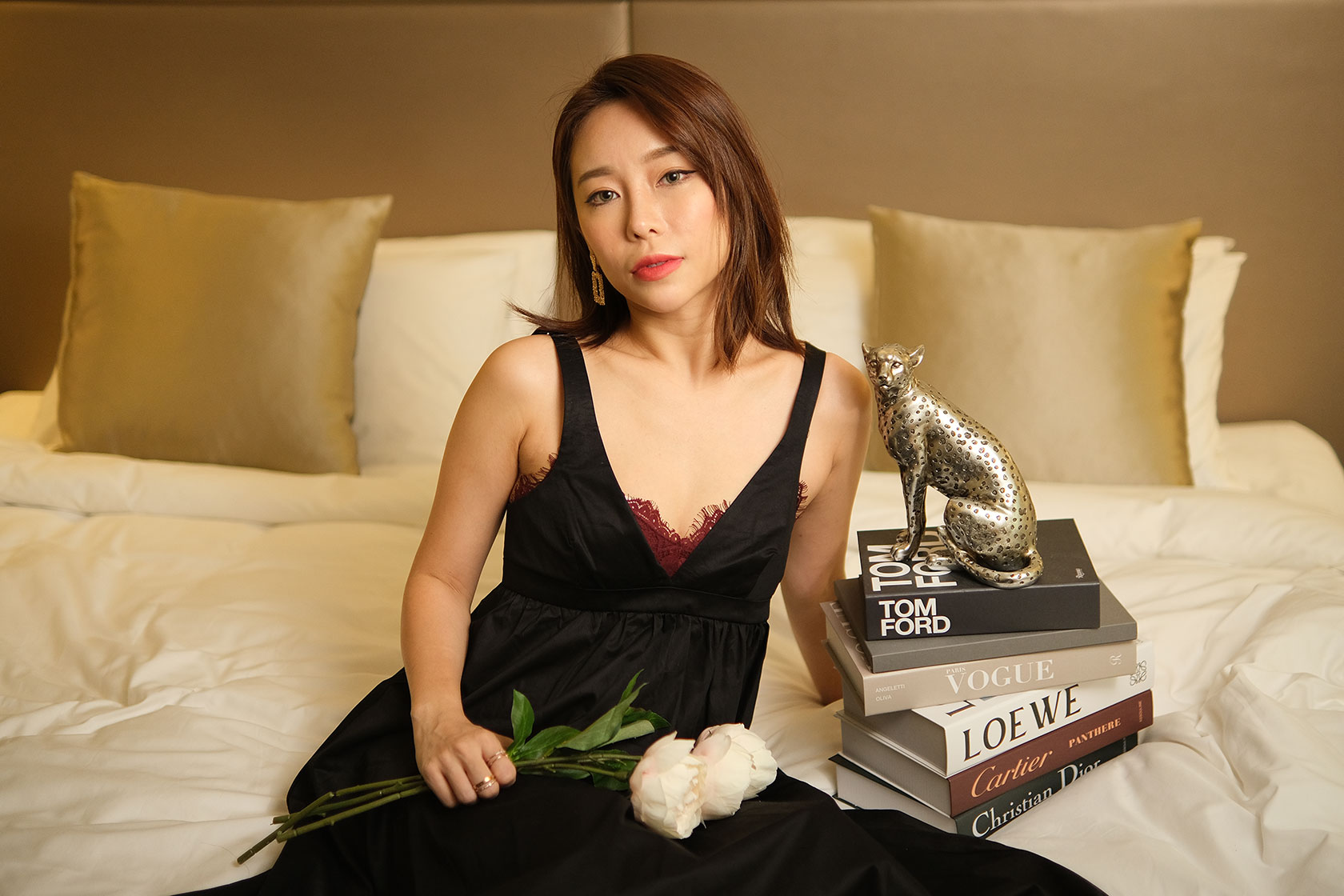
Use a Flash – If you are shooting indoors, you can also use a flash to create catchlights in your portraits. Just be sure to position the flash just right so it doesn’t create any harsh shadows or glare on the subject’s eyes. Additionally, you can use a small flash to create catchlights in the subject’s eyes just by positioning it close to their face.
Use the Catch Light Panel – If you noticed that on your flash, there is a panel that you can pull out. This panel allows you to create flattering eye lights and bring lively expressions to your subject.
Use a Studio Lighting Setup – If you’re shooting in a studio setting, you can also use studio lighting to create catchlights in your portraits. Just make sure to use a light that is well-lit and has a softbox or diffuser to create the desired effect.
Creating Catchlight Indoors With Natural Light
Use a Reflector – If you are shooting indoors, you can use a simple reflector to create catchlights in your portraits. Just be sure to position the reflector just right so that it bounces the light back into the subject’s eyes. Additionally, you can use a small flash to create catchlights in the subject’s eyes just by positioning it close to their face. Make sure natural light sources are bouncing back into the subject’s eyes in this portrait photo!
Conclusion
Catchlights are usually used in film and television. If you watch movies now, you will notice the eye lights was there all the time. It gives a more natural look to the actor’s face. Catchlights can be used in photography to create a more flattering and natural-looking look. By positioning the subject correctly using composition and using a reflector or flash, you can create the perfect catchlight in your portrait photos.
If you want to create beautiful, eye-catching photos, don’t forget the catchlights! These small highlights in a subject’s eyes can make all the difference between a dull photo and a vibrant one. Luckily, there are a few easy ways to create catchlights and take your photography to the next level. Experiment with different lighting and angles to find the perfect catchlight for your next photo.
Here are some of the camera equipment that you might need if you want to create the catchlights, also known as eye lights for your next photoshoot sessions.
Copyright Notice: Unless otherwise specified, every work & image on this site is the copyright of IvanYolo | Ivan Cheam and may not be copied, downloaded, edited, altered, distributed, or reproduced in any way without the express written authorization of Ivan Cheam or IvanYolo.
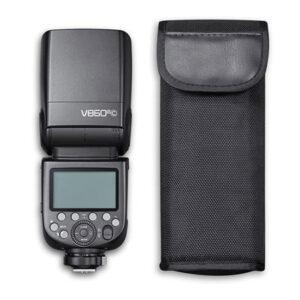
Godox V860III Camera Flash
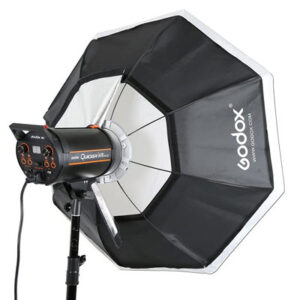
Godox Portable Softbox
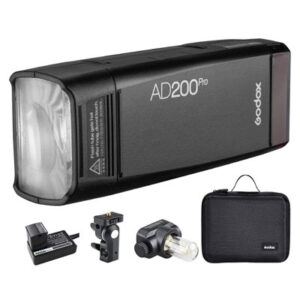
Godox AD200 Pro Pocket Flash
